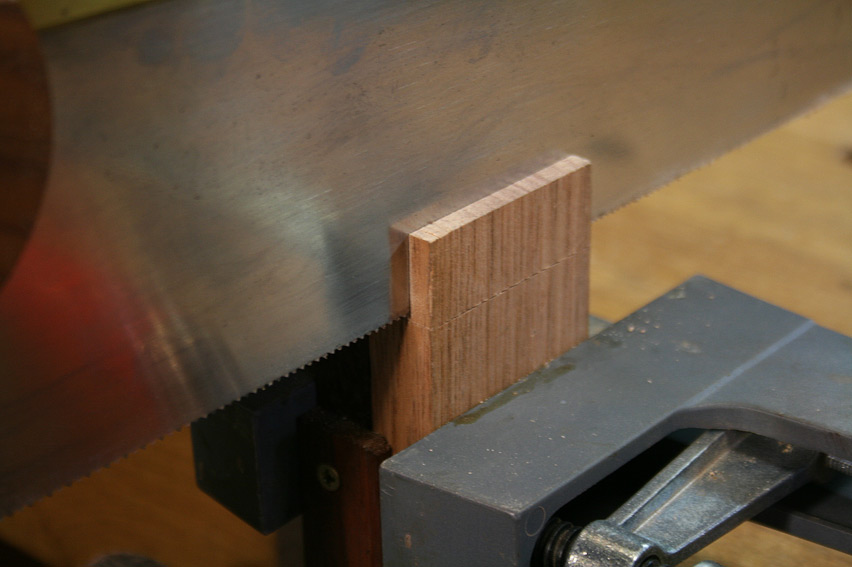A regular bevel edged chisel works fine if that's what you have and presumably everybody has a few of these. If you spend weeks turning into months turning into years evaluating different kinds of mortise chisels - style, brand, vintage, new, etc. then you're missing the entire point of simply making a relatively neat hole in a piece of wood. During a period of time in which I had ear trouble, and loud noises were like torture, I became fond of and relatively adept at drilling and paring mortises. If you do all the drilling first, then come back and pare, it's about as fast as chopping with a mortise chisel. If it's your goal to become a pieceworker, the lowest common denominator, chopping mortises all day to the exclusion of all the other processes in a woodworking project, then feel free to jump in a time machine and have all the fun you can stand to have.
In the context of a complete project - design sketching, drafting, cut list, stock selection, setting out, four squaring, cutting joints, assembly, finishing, etc., etc. the difference in any one mortising method or style of mortise chisel is meaningless. Some will be horrified at the notion, others will find comfort in it.




































